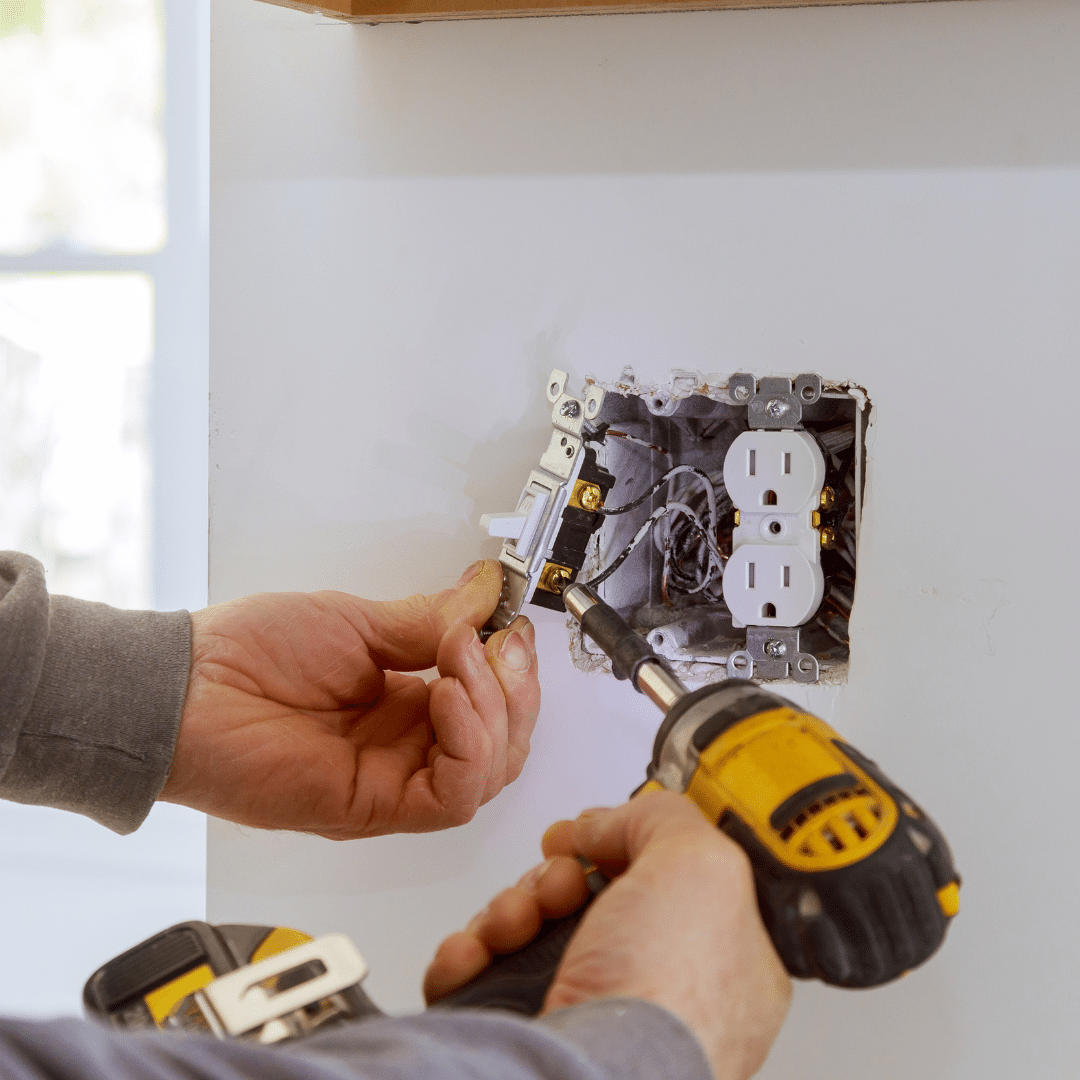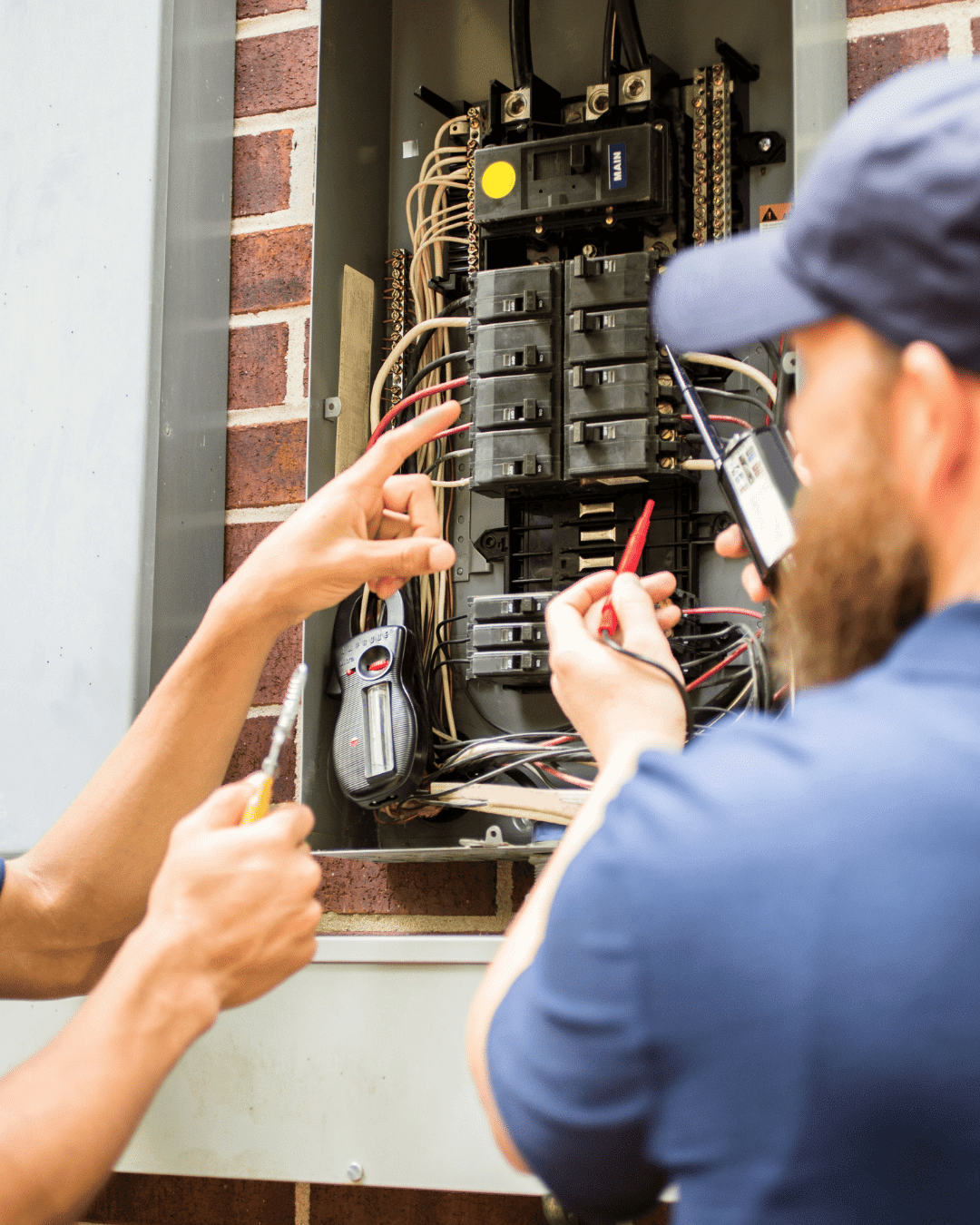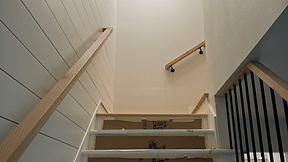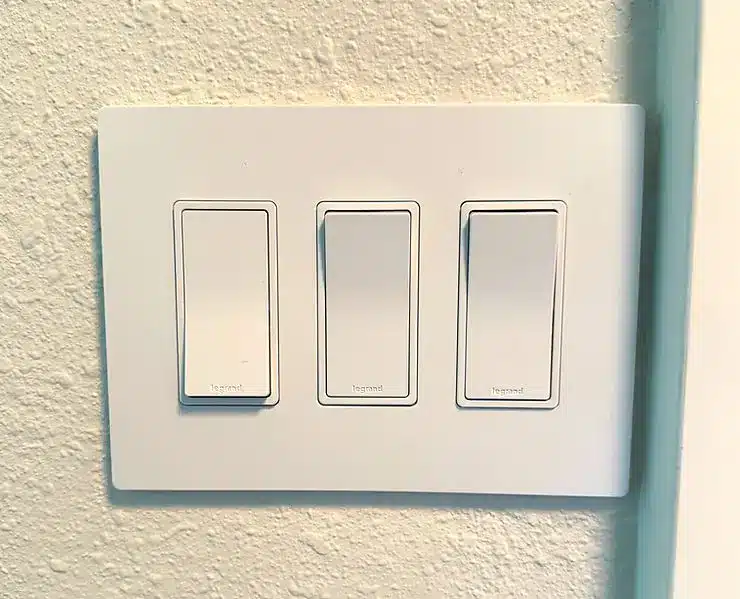As homes and businesses rely more heavily on electronics and appliances, having safe, functional electrical outlets becomes a top priority. Whether upgrading a workspace, installing landscape lighting, or simply handling overdue home improvement projects, knowing when to replace electrical outlets is essential for preventing electrical hazards, improving energy performance, and staying code compliant.
In this blog, we’ll break down the signs of outlet failure, the benefits of new outlet installation, and the importance of hiring licensed professionals, especially for jobs like GFCI replacement, outdoor outlet installation, and high-voltage upgrades.
Why Replacing Electrical Outlets Is a Must?
Outlets often go unnoticed until there’s a problem, but they’re a critical part of your home electrical system. Outdated or damaged outlets can overheat, spark, or fail to contain a ground fault, putting your family, electronics, and even your home at risk of fire or shock.
The National Electrical Code (NEC) and safety advocates like the Electrical Safety Foundation recommend regular inspections and upgrades, especially in older homes or during renovations.
Risks of Delaying Outlet Replacement:
- Potential electrical faults leading to fire
- Electrical shock near areas with water, like bathrooms or outdoor outlets
- Damage to expensive appliances and devices
- Arc fault incidents that trip your circuit breaker or blow a fuse
Signs It’s Time to Replace Electrical Outlets
Not sure if your outlets are due for replacement? Look out for these red flags:
-
- Loose Plug Connections
If plugs slide out easily or don’t hold firm, the internal receptacle may be worn. This can lead to arcing and overheating behind the drywall.
-
- Burn Marks or Buzzing Sounds
Visible discoloration, electrical outlet buzzing, or strange smells may indicate an unsafe electrical fault. These should never be ignored.
-
- Outlets Feel Warm or Hot
Excessive heat is a major hazard and can signal overload, poor electrical wiring, or internal breakdown of components like screws, metal contacts, or insulation.
-
- Frequent Circuit Breaker Trips
If the circuit breaker tied to a certain outlet trips often, the issue could be faulty wiring or a worn-out receptacle.
-
- Outdated Two-Prong Outlets
Two-prong outlets lack grounding and offer no protection against shock. Upgrading to three-prong or ground fault interrupter outlets (GFCIs) improves both electrical safety and code compliance.
Benefits of Installing New Electrical Outlets
When done right, replacing your outlets offers far more than peace of mind—it delivers functional, modern improvements as well.
✔ Improved Fire Safety
Minimize the risk of electrical fires through better contact points, proper grounding, and up-to-date outlet design.
✔ Support for Modern Devices
Add convenience with USB outlets, smart switches, and compatibility with electric vehicles, hot tubs, or space heaters.
✔ Enhanced Energy Efficiency
Newer outlets can support devices designed for energy conservation, helping lower electricity use and prevent phantom power draw from power strips or extension cords.
✔ Full Code Compliance
Ensure your property meets modern building codes and NEC requirements, especially for projects involving lighting, plumbing, or construction upgrades.
Don’t Forget Outdoor Outlet Installation
Outdoor electrical outlets require special attention. Exposed to the elements, they must have:
- Weather-resistant covers
- GFCI protection (especially near lawns, windows, or swimming pools)
- Moisture-proof housing to prevent corrosion or sparking
Projects like holiday lighting, landscape lighting, and hot tub wiring demand properly installed exterior outlets with professional waterproofing and secure electrical tape usage.
GFCI Outlet Replacement: A Key Safety Upgrade
GFCI outlets are designed to shut off power when an imbalance or leakage occurs in the electric current—common, commonly in areas like kitchens, bathrooms, and basements.
When to Replace GFCIs:
- They fail to reset or trip constantly
- You notice moisture intrusion or visible wear
- They’re older models without tamper-resistant features
- You’re upgrading to portable GFCI or surge-protected options, like a GFCI surge protector or GFCI power strip
Investing in GFCI plug replacement isn’t just smart—it’s often required by code and improves home electrical safety significantly.
How Much Does It Cost to Replace Electrical Outlets?
Prices vary based on location, outlet type, and access. Below are rough estimates:
- Outlet replacement cost (basic): $80–$120
- How much to install a 240V outlet in the garage: $250–$500
- How much to install outlet behind TV: $150–$300
- Electrician cost to replace outlet (GFCI): $125–$175
- USB or smart outlet installation: $150–$250
For accurate pricing, it’s best to request an inspection or quote tailored to your home or project.
Hire a Trusted Northern Colorado Electrician
At PH Electric, we specialize in safe, code-compliant electrical outlet installation and replacement. Our services cover:
- GFCI upgrades
- Outdoor outlet installation
- USB and smart outlet installation
- Troubleshooting electrical faults
- Repairs behind drywall and custom wiring
We proudly serve in Greeley, Loveland, Livermore, Red Feather, Timnath, Wellington, and Windsor and Fort Collins, CO. Our licensed team ensures every wire, screw, and ground is in place, offering top-notch customer service and long-lasting solutions.
Upgrade Your Outlets with Confidence
From increasing fire safety to supporting modern electronics and electric power demands, replacing outdated outlets is one of the most cost-effective and impactful upgrades you can make.
Ready to replace or upgrade your outlets? Contact PH Electric today for expert installation backed by experience, local knowledge, and trusted professionalism.







